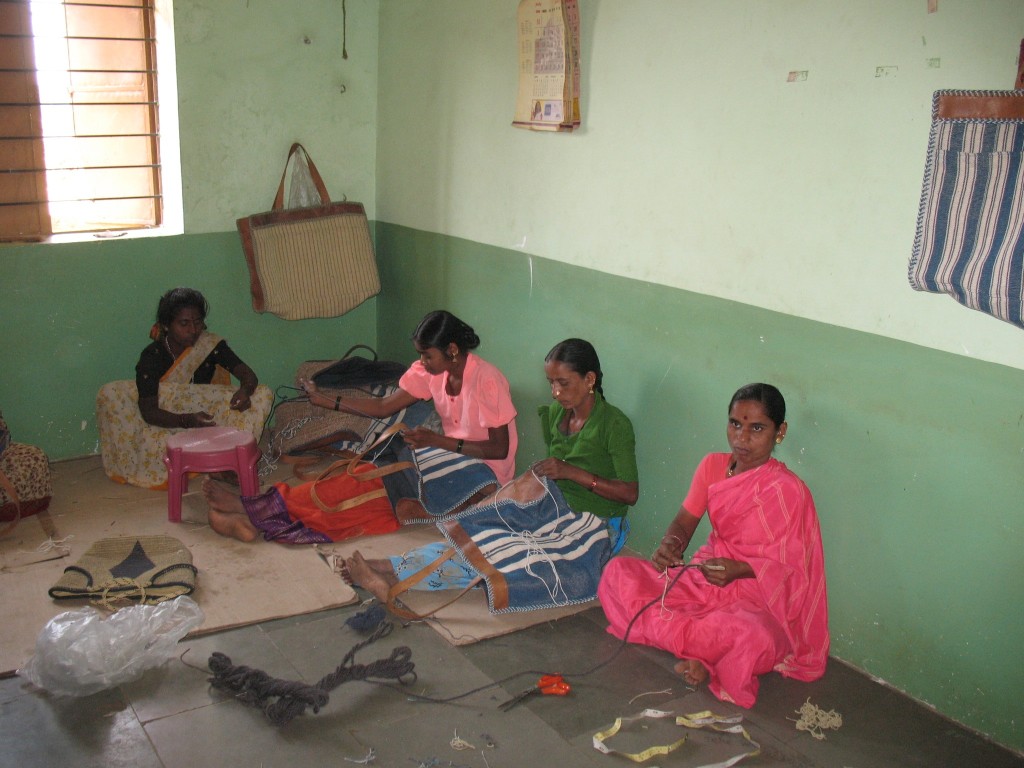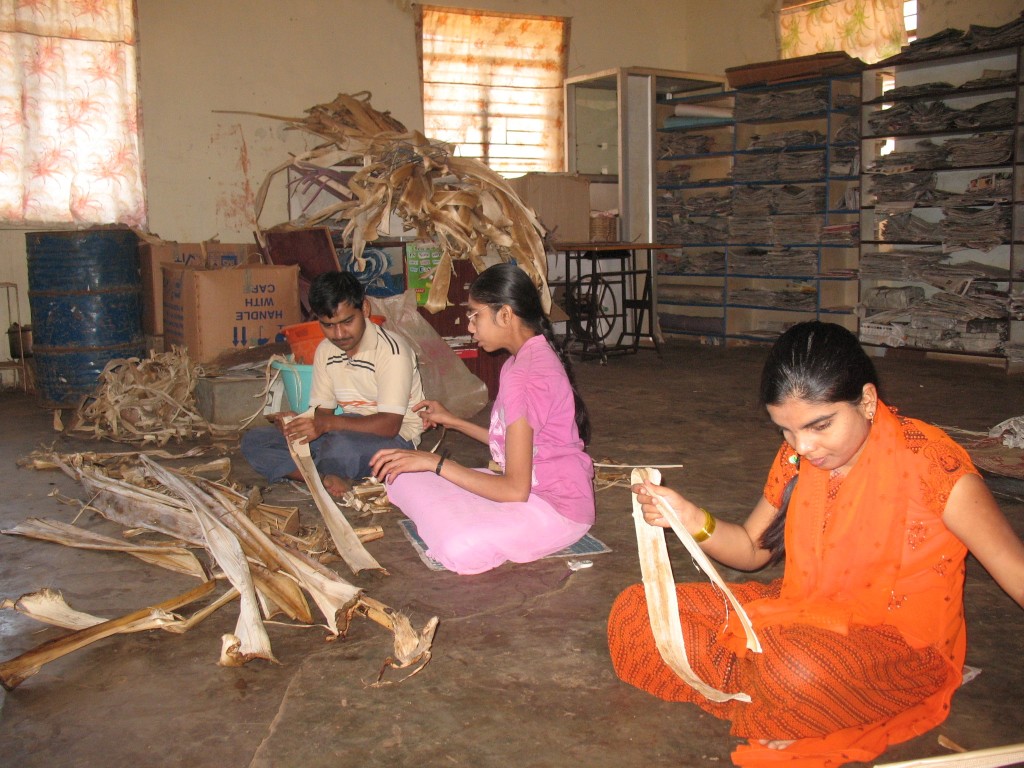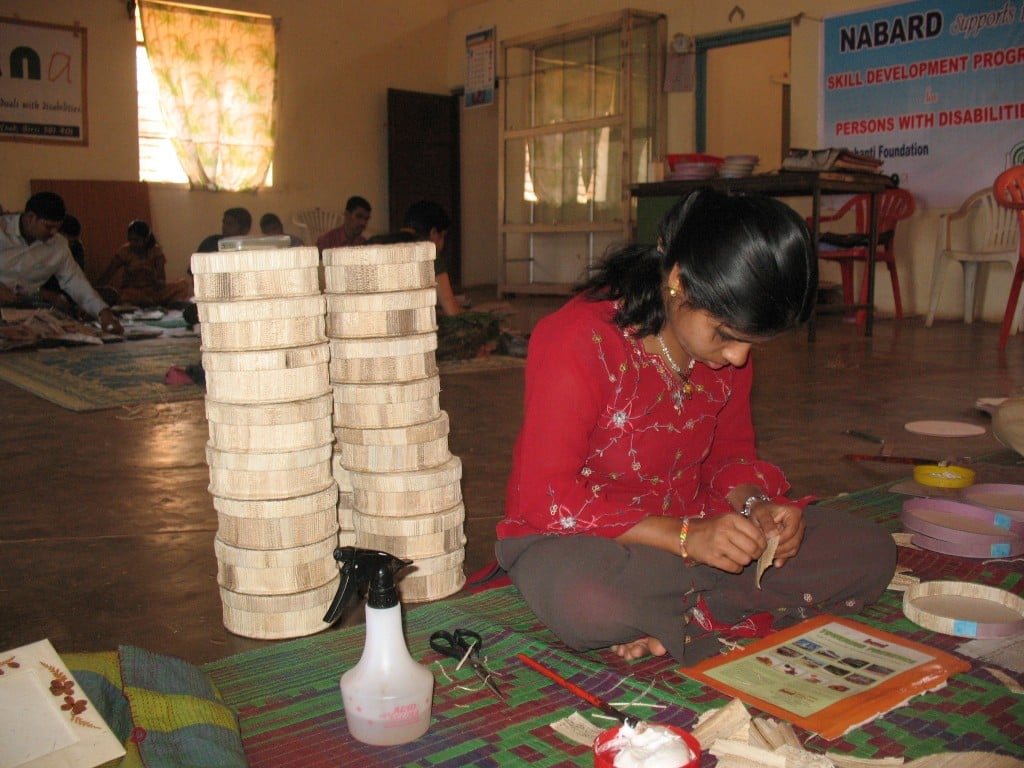
Mahatma Gandhi famously said, “The real India lies in the 7,00,000 villages. If Indian civilization is to make its full contribution to the building up of a stable world order, it is this vast mass of humanity that has to be made to live again.” A majority of the Indian population is in the rural areas. Although the scale is tilting, villages continue to remain the most populous part of the country.
There is immense potential in the villages in terms of indigenous products. But the reality is that there is an equal number of roadblocks too, like lack of technological and marketing skills among the rural sellers.
The next stage of expansion in ecommerce requires tapping into the potential of sellers from these rural areas. All the online marketplaces are looking to expand their product offering and by getting such rural sellers onboard, with their diverse products, it can be a win-win situation for both sides.
So the need of the hour is bridging the gap between drawbacks of a rural seller/area and requirements for ecommerce.
Traditionally, self help groups and governmental and nongovernmental organizations have done commendable work in encouraging rural artisans, and giving them platforms and a market to sell their wares. Today, this effort has to be directed towards helping rural sellers get online.
Alibaba, China’s leading online marketplace has established a system to support villagers to get on the ecommerce bandwagon. Alibaba launched Taobao.com in 2003 to enable ecommerce in the rural areas. A Taobao village is one where:
a) At least ten percent of the population is involved in ecommerce, or
b) At least a hundred online stores have been opened by the villagers and are carrying out transactions worth at least RMB 10 million.
The success of the Taobao concept is clear in this article, which speaks of villagers who picked up technological skills and are running their own online businesses through Taobao.
Alibaba has been instrumental in building a sustainable ecommerce model for rural China. The company has invested heavily, and says it will continue to pour in money to bridge the economic gap that exists among the rich and poor in the country. The company has said that it will invest close to $1.6 billion over the next couple of years. The money will be used to enable 1,00,000 villages in a thousand countries to go online.
India’s senior economist Swaminathan Aiyar says that for the Taobao success to be replicated in India, commerce has to be the focal point. He says that the government has attempted to promote indigenous crafts through the Khadi board. However, he observes that the venture has been largely ideology based as against commercial. A self help group like Lijjat pappad (a women’s co-op society to promote Indian snacks) or Amul, (the famous milk revolution pioneered by Dr. Varghese Kurien) has been successful because of its commercial stand.
There are many organizations in India that work closely with rural indigenous artisans. Online marketplaces like Craftsvilla and GoCoop.com have exclusive platforms for rural crafts. There are individuals and organizations that help rural sellers go online. Masmara.com is one such.

Artisans promoted by Masmara
Veena Hegde, the founder, says that Masmara has been working with rural sellers for the past six years to help them get a platform.
“We work with self help groups and rural artisans. We help them go online, sell on exhibitions, and get them in touch with urban buyers. I visit them, help them set up an email account, and teach them how to handle their online accounts.”
Masmara is a small organization that works in the capacity of a consultant. Veena is associated with different self help groups, and helps the groups in different aspects of operations.
“We conduct workshops and training sessions for the artisans on how to price the products, how to deal with the urban buyers, and presentations on new and urban designs. This helps them to come up with designs on their own.”
Some organizations that Masmara works with conduct training from scratch, and provides employment opportunities as well.
“Most self help groups have a centre in the village where the members gather. They either work at the centre or take it home. The finished goods are dropped at the centre, and are shipped by an employee in charge of logistics. This person collects the finished goods from the workers if necessary, and takes care of packing, handling, and despatching the products.”
Would it help if a group of villages that are geographically close have a common point? If there is a department to collect and despatch the consignments, and handle the marketing, would such a model work? “Yes of course, if it makes economic sense, then a group of villages with a common activity can come together for their activities,” she says.

Cleaning banana fibre

Making banana box (product)
“Start-up online marketplaces have their own problems, but it becomes difficult for the sellers to work without getting paid. Sometimes, the delays stretch up to even twenty days. It makes more economic sense to work with established players like Craftsvilla to ensure a sustainable delivery model,” says Veena.
Veena feels that online marketplaces can do more for rural sellers. With sufficient funds flowing into their coffers, they can think of providing facilities for the rural sellers.
“Some marketplaces offer loans, but it is for established sellers who have made a certain number of sales. There is not much for the fairly unknown sellers who are based in villages,” she adds.
Capital definitely is one of the main hiccups that rural sellers are facing. There are government loans and subsidies that are offered to small entrepreneurs in villages. The government has to look at providing better resources, like connectivity. The government should also consider putting in place policies and programs that will enable sellers in rural India to reach out to buyers across international borders. While marketplaces and independent organizations can chip in, governmental support is essential.
Leading marketplace Amazon has introduced its new ‘sell internationally’ feature for Indian sellers. The program allows Indian sellers to reach out to a global buyer base. Facilities and opportunities like this would immensely help rural sellers, thus aiding in their growth as also the ecommerce market.

Editor team is specialized in introducing the marketplace content targeting the Indian online sellers. They plan and coordinate to bring the appealing content for the small businesses on how to partner with the e-commerce sites like Amazon and Flipkart and strategies for improving their online business.
Leave a Comment